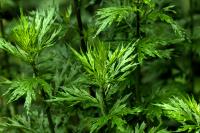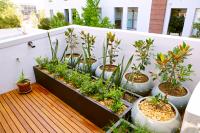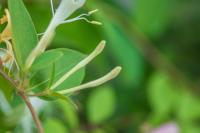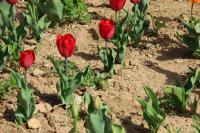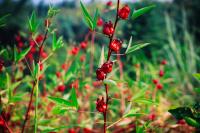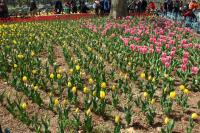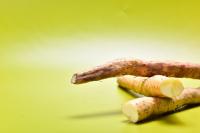1、 The difference between the two
Huaishan is the finished product name of yam. The scientific name of this plant is Dioscorea. It is a perennial vine of Dioscorea in dioscoreaceae. Its roots can be used as food. It is mainly distributed in the mountain slopes and valleys in the south of China, with an altitude of 1500-150 meters. As a short day plant, controlling the light receiving time can not only help flower bud differentiation, but also help tuber development and nutrient accumulation.

2、 Plant introduction
1. Morphological features: the tuber of yam is cylindrical, with a length of up to 1 meter. Its section is white when it is dry. Its stem is mostly purplish red, usually right-handed growth, and there is no hair on the surface. Some of its leaves are alternate, some are opposite, and a few are three leaf whorls. The shape of leaves is changeable. Most of them are wide oval at the seedling stage, and will become triangular or halberd after growing up. Its flowers are spikes, with 2-8 male inflorescences and 1-3 female inflorescences. There are purple brown spots on the petals, which generally open from June to September.

2. Growth habit: yam is suitable to grow in hillsides and valleys between 150-1500 meters above sea level, and can be seen in shrubs by streams and roadsides. It is a crop with short sunshine, and the temperature is required to be 15-20 ℃ in seedling stage and 25-28 ℃ in peak growth season. If the soil is loose and fertile, plants will grow quickly. It can not be planted in low-lying places, so it can not be submerged in waterlogging, so it can not be planted in low-lying places.

3. How to conserve: yam like light. Long-term light can make its branches and leaves more lush, but it will affect the development of rhizomes and is not conducive to improving yield. Therefore, we must control the light time. Its demand for water is not great. Potted plants are generally dry and watered thoroughly. Ground plants are suitable for shallow irrigation and do not carry out flood irrigation. In addition, if enough base fertilizer is applied during planting, topdressing is not necessary during the growth period.

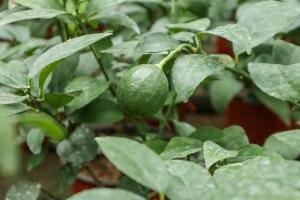 The efficacy and fun...
The efficacy and fun...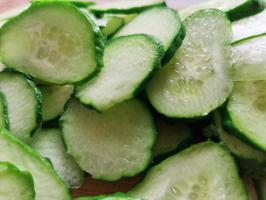 The efficacy and fun...
The efficacy and fun...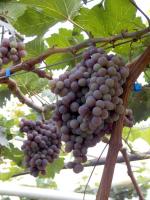 The benefits of eati...
The benefits of eati...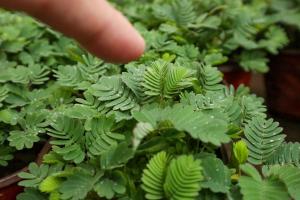 Why is Mimosa called...
Why is Mimosa called...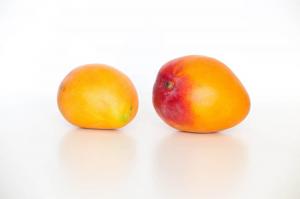 What can't mango be ...
What can't mango be ...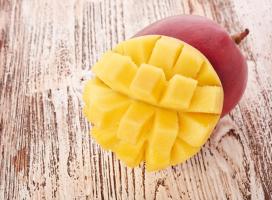 The efficacy and fun...
The efficacy and fun...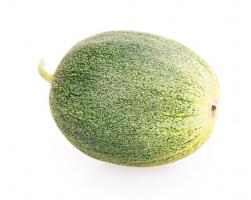 Is watermelon a frui...
Is watermelon a frui...



























